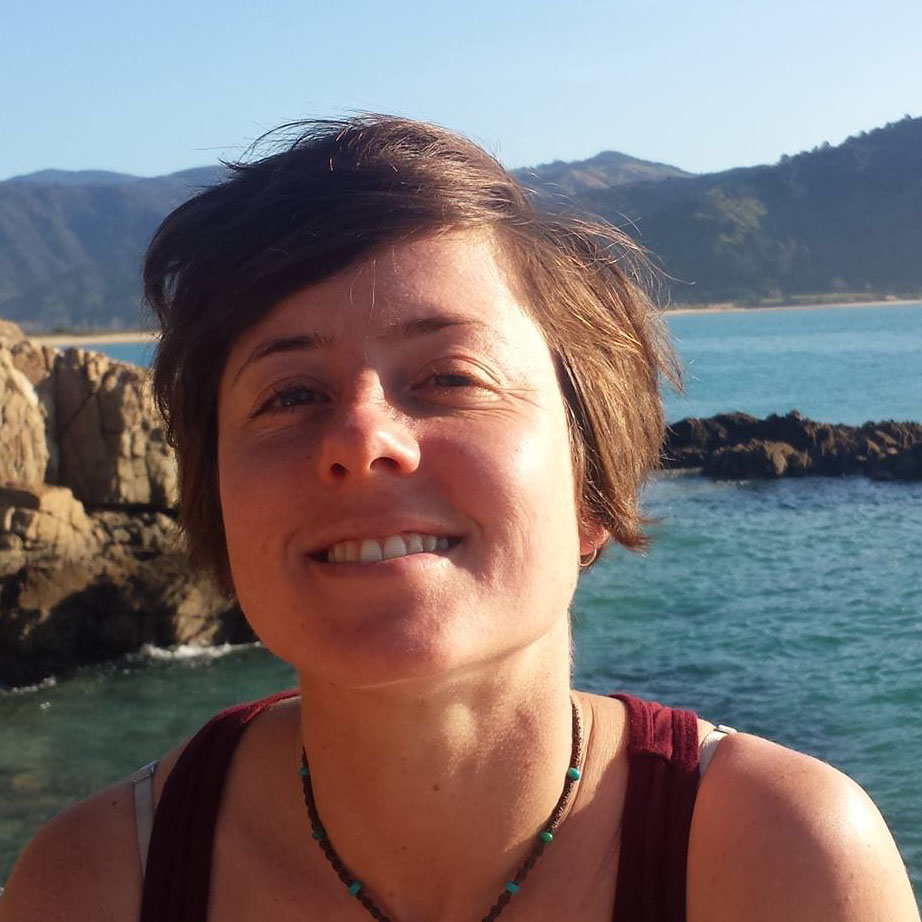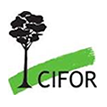With biodiversity in the balance, restoring ecosystems is a critical quest that requires a whole-of-society, whole-of-government approach. Deforestation, habitat fragmentation, and climate change all pose critical threats to existing biodiversity, with significant flow-on effects for all of us in terms of compromised ecosystem services, including pollination, soil fertility, and water purification.
The underachievement of the UN Convention on Biological Diversity (CBD)’s Aichi Targets (2011-2020) prompted a fresh reckoning on how to effectively preserve biodiversity in the ensuing 2022 Kunming-Montreal Global Biodiversity Framework (KM-GBF). Intersectoral coordination was named as key to addressing the interlinked issues of biodiversity loss, food and nutrition insecurity, and climate and land use change—especially given that most degraded land exists outside of protected areas, meaning any restoration activities must align with other interests, such as agriculture, finance, governance, and local livelihoods.
For most of the Convention on Biological Diversity (CBD) parties, the depth of this collaboration represents a significant departure from business-as-usual, wherein different ministries and departments work within their own areas of interest, communicating little whilst making impactful decisions on and for the same landscapes. In 2023, in response the Center for International Forestry Research and World Agroforestry (CIFOR-ICRAF) collaborating with the Food and Agriculture Organization (FAO) and the Society for Ecological Restoration (SER), initiated a project to help countries design, set, and implement national targets aligned with Target 2 of the KM-GBF, which entails an ambitious goal to effectively restore at least 30% of degraded ecosystems by 2030.
CIFOR-ICRAF spearheaded four Target 2 pilot dialogues, in Peru, Vietnam, Kenya and Burkina Faso. The dialogues helped to support the development of national and sub-national strategies and monitoring frameworks for restoration, alongside developing the Target 2 Resource Guide (a self-assessment tool for alignment to global guidance) and a self-assessment tool to better understand country capacity needs.

As part of the Target 2 project, a set of publications were published and are now available. Photo by CIFOR-ICRAF
In Burkina Faso, the dialogue formed a critical part of the country’s National Biodiversity Strategies and Action Plan (NBSAP) revision process, facilitating an opportunity to align the national system for monitoring biodiversity indicators (implemented through the National Observatory on Environment and Sustainable Development (ONEDD)) with KM-GBF Target 2 and the UN Decade on Ecosystem Restoration.
In Vietnam, 47 participants from national agencies such as the Ministry of Natural Resources and Environment (MONRE) and the Ministry of Agriculture and Rural Development (MARD), provincial environmental and agricultural departments, protected area management boards, research institutes, universities and NGOs gathered to discuss specific targets for forest, wetland, marine ecosystems and the necessity of further legal, technical, financial, and institutional guidelines to mobilize resources and support effective implementation of Target 2.
In Peru—one of the most biodiverse countries in the world—the dialogue brought together 59 participants from diverse arenas, including the Ministry for the Environment (MINAM), the Ministry of Agriculture (MIDAGRI), the National Service for Forests and Wildlife (SERFOR), the National Service of Natural Protected Areas (SERNANP), a cross sectoral group of actors whose collaboration are crucial to the success of transformative restoration objectives.
Peru has made significant progress in developing public policies and programs that facilitate funding for sectors committed to ecosystem restoration. However, these efforts have been implemented through fragmented approaches, weakening governance in restoration processes and disproportionately prioritizing forests while overlooking other critical ecosystems. The dialogue “allowed participants to collectively and honestly reflect on the challenges and opportunities for effective implementation of Target 2.
The final dialogue of the Target 2 pilots, held in Kenya, included state and non-state actors, and focused on assessing and enhancing Kenya’s ecosystem restoration monitoring efforts, developing a collaborative restoration roadmap for progress. The dialogue raised the need to harmonize data platforms and protocols, align overlapping policies that confuse critical guidance on restoration actions, and establish effective coordination mechanisms as crucial steps to Kenya’s restoration ambitions.
“There remains a significant gap between the global vision on biodiversity and national action plans countries have submitted to COP 16,” said Khalil Walji, a CIFOR-ICRAF scientist and the leader of the project. “The promised transformational change requires that we embrace a new approach, one that sustains collaboration and inclusive governance. The lessons from the Target 2 pilots provide a foundation for advancing global ecosystem restoration through enhanced cross-sectoral coordination.”
We want you to share Forests News content, which is licensed under Creative Commons Attribution-NonCommercial-ShareAlike 4.0 International (CC BY-NC-SA 4.0). This means you are free to redistribute our material for non-commercial purposes. All we ask is that you give Forests News appropriate credit and link to the original Forests News content, indicate if changes were made, and distribute your contributions under the same Creative Commons license. You must notify Forests News if you repost, reprint or reuse our materials by contacting forestsnews@cifor-icraf.org.













